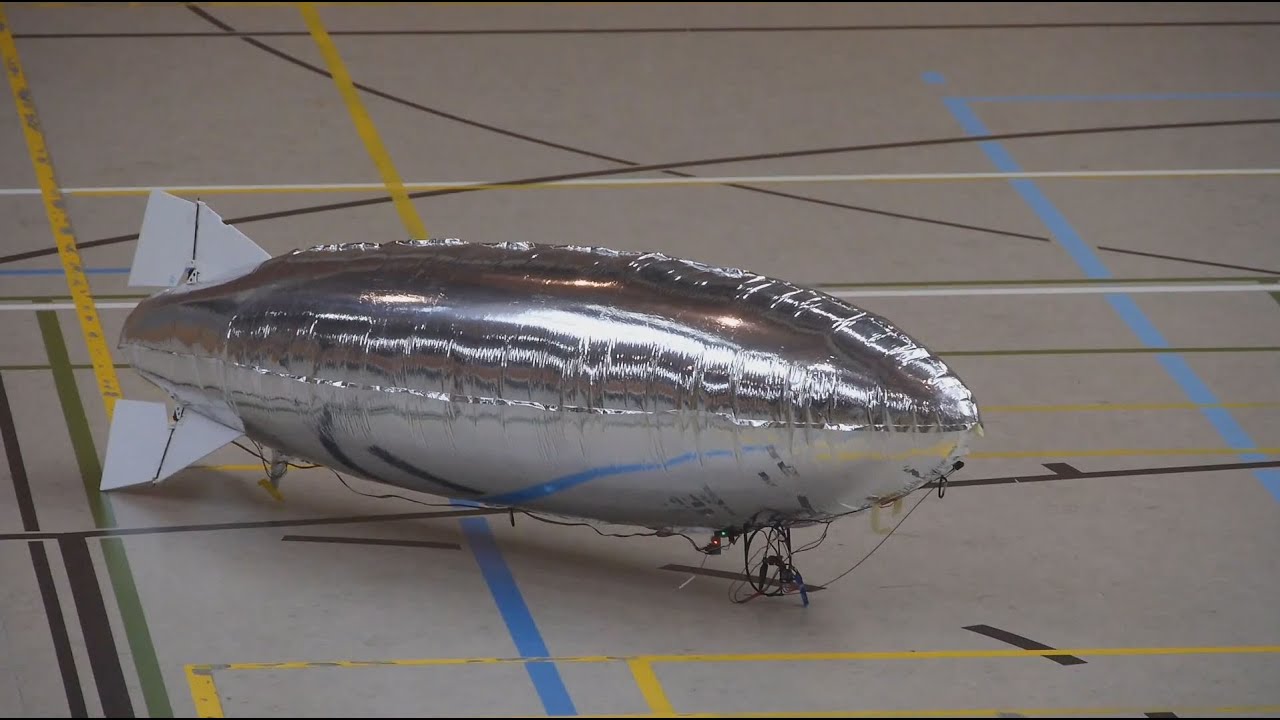Implications and applications
Assignment:
Individually create a Ultra-personalized product service systems (UPPSS) based on the project you want to develop further as your final project. Make sure that you explore how personalization can happen at more than one level. A customer journey map is expected to be presented the week after where the different levels of personalization are integrated in the design and use of the UPPSS presented.
Final Project Proposal: Wireless Controlled Inflatable
The idea I have for my project is to make a wireless controlled blimp or inflatable which have some specific form indicated by a client before the design. I thought it as a way to show publicity; so it will ideally include a company logo.
Personalization
Thinking far beyond of what I want to do, there can be diferent levels of personalization at my project.
Personalization at Product Level
The product does not need to be done from one specific material. Actually, it should change depending on the size and external factors. For example It can be done of any kind of plastic, in which we have the ones made of polyethylene, polypropylene, polyester, nylon, polyvinyl chloride, bioplastics and diferent combinations of them mixed with other materials like aluminium laminated nylon; it can also be done of rubber (latex).
Personalization at System Level
The system could be done in a way that it automatically creates cutting patterns for any imported mesh model. It could also create different type of cutting patterns for a same mesh so that no model would be the same for any client an thus they will have a unique product. The client could choose the randmoness of the patterns, the size of the them, its colors and its possible shapes and their textures. All of this things could be done from a web platform. This systems will need of coding and algorithms, so some potential software for developing the system would be Rhino with Grasshopper or Dynamo.
Personalization at Service Level
The movements of the inflatable would be wirelessly controlled by the client, so at some level we could say that the client “programs the movements” of the inflatable. Actually posterior versions could have a program interface for flight plannig, where the user could indicate all the places were the blimp should go before it starts to fly.
Product Sevice System
For me, the most valuable thing of the product is it use itself. However, people can have other perspective of it. Evaluating each of the possible orientation, I found the next things:
Product oriented: When thinking that the use will be for publicity, It can be true that what catches the attention of this blimp would be its non conventional shape and possibly the reason why a store would buy it for showing its publicity.
Use oriented: When thinking that the use will be for just having fun with it, It can also be true that another important thing here would be the facility of control of it and all the possible movements it could do.
Result Oriented: Thinking again on publicity, probably the result would be to catch the attetion of people, which is what the customer wants. However the blimp it self does not have a result orientation. If what I offer is a service of publicity with blimps at the air instead of a blimp itself, I could say that it would be result oriented.
Stake Holders
I have identified the next entities in this project:
At the designing: The main subject here would be the client itself, who is the one who decides what shapes, colors, forms, textures and sizes of patterns would be involved in the model they request to be manufactured as an inflatable. The second subject would be to the designing system at the PC who decides also what kind of cutting patterns can be made.
At the production: Here there should be some machines involved, depending on the material it could be a vynil cutter or a laser cutter and also a machine that seals the patterns. If electronics are produced and not buyed it would include a milling machine or a vinyl cutter. We can find some other entities involved since all of this components are buyed, they would be local or virtual stores. Finally, there must be someone who buys, uses the machines and assembles all the pieces and that would be myself.
At the use: The subject here will be the customer that owns the blimp.
Costumer's Journey:
Some extra questions to answer for designing the customer Journey.
Where is it going to be used?
- Unordered List ItemIdeally the inflatable will be used at the air at low atitude.
At what point the user interact with it?
- When he or she access to a the website where he buys it and chooses the color shapes forms and textures of the mesh he provides.
- When he recieves the product at home.
- When he does the unboxing.
- When he inflates the inflatable.
- When he turns on the product.
- When he controls the movements of the product.
- When he puts it on its box.
Materials
- Any kind of Film
- Helium
- Electronic components
- Motors
- Printing Filament
Examples:
Movement controlled by flat flaps
https://www.startnext.com/en/silent-runner
Movement controlled by wings
https://www.festo.com/group/es/cms/10245.htm




